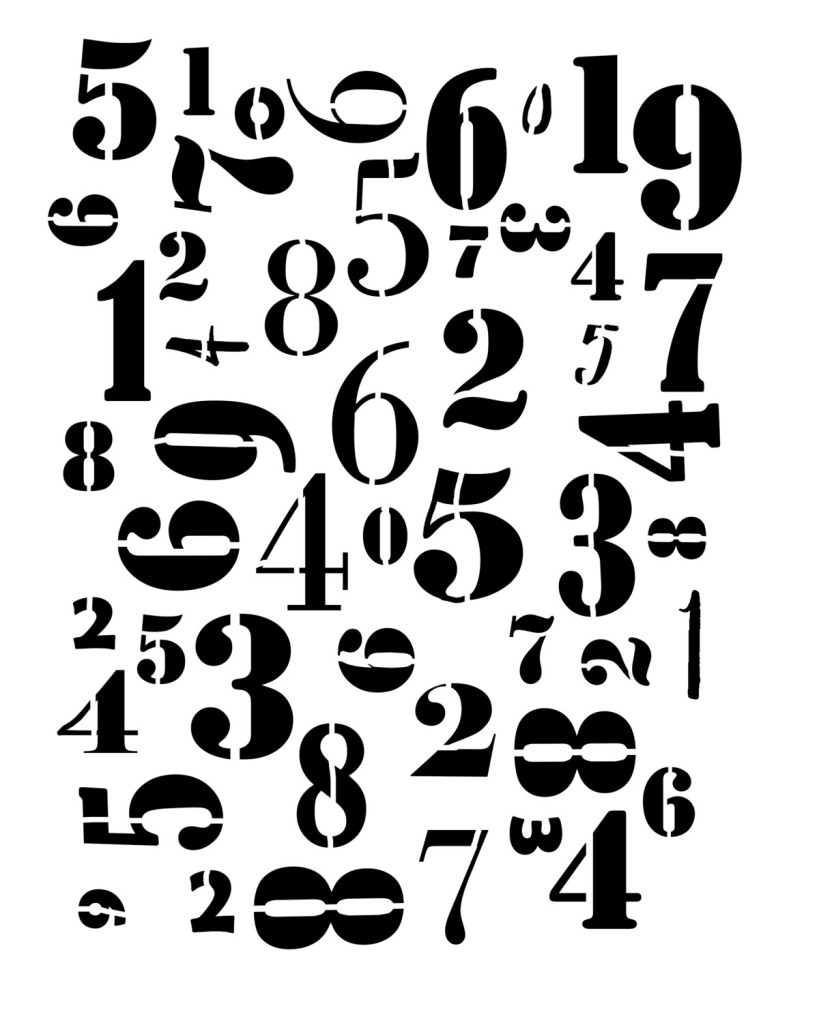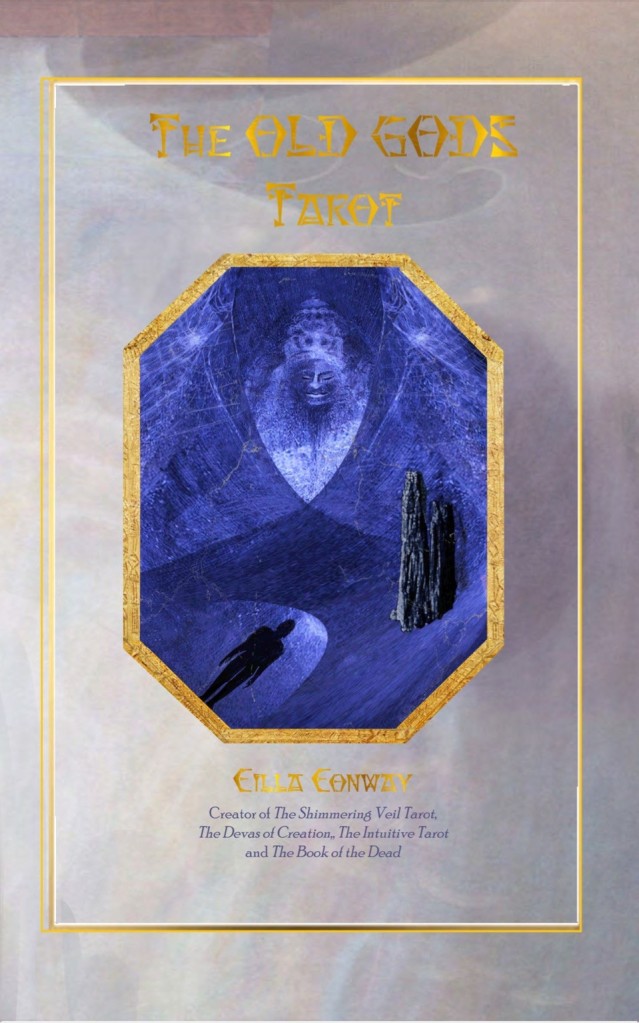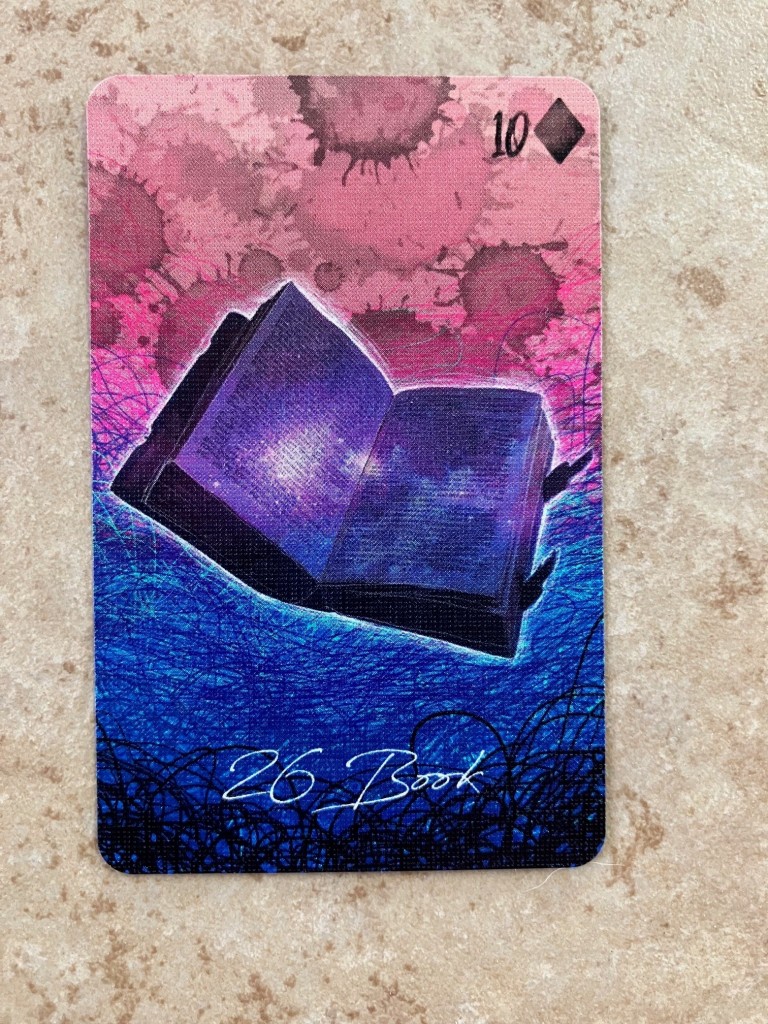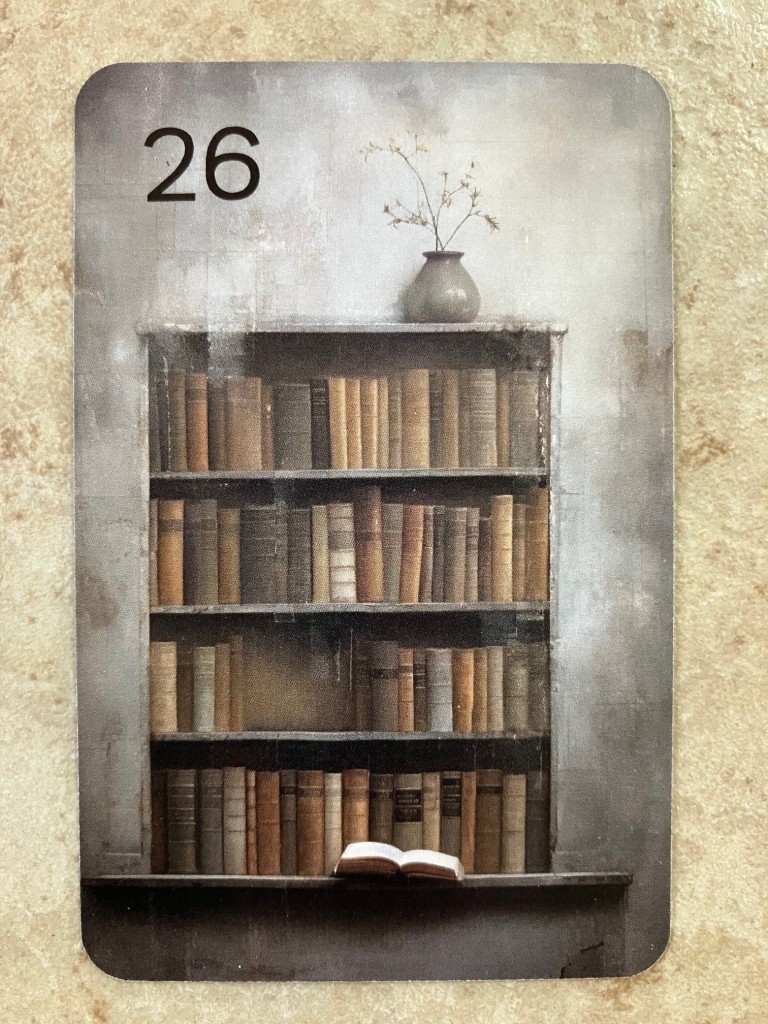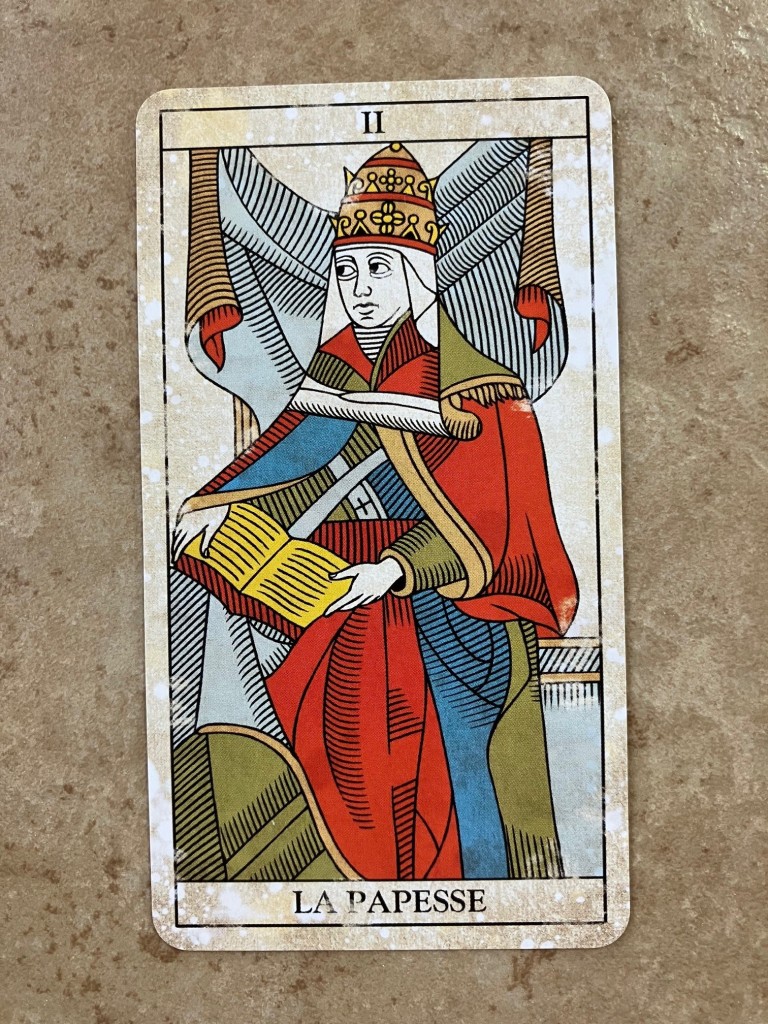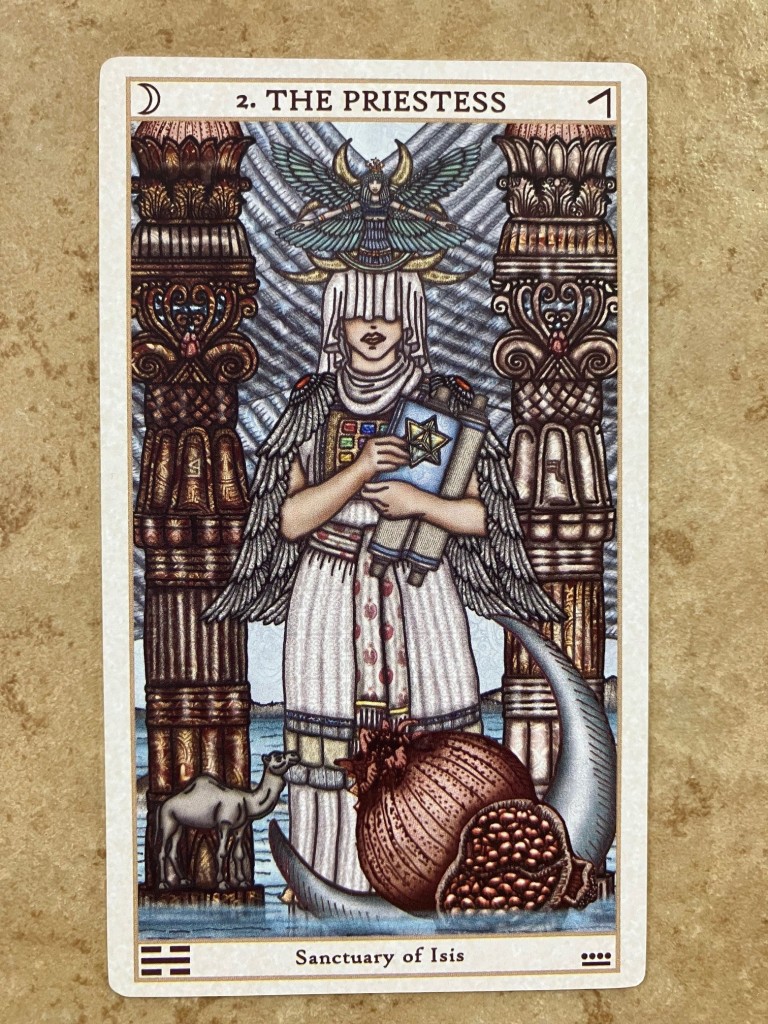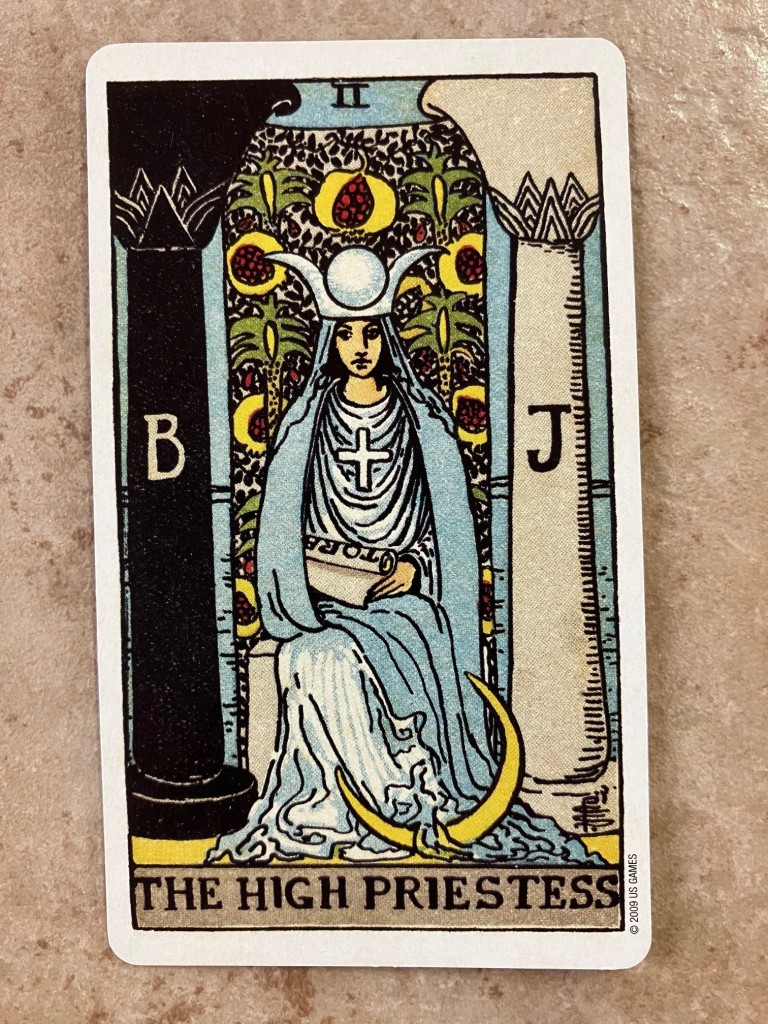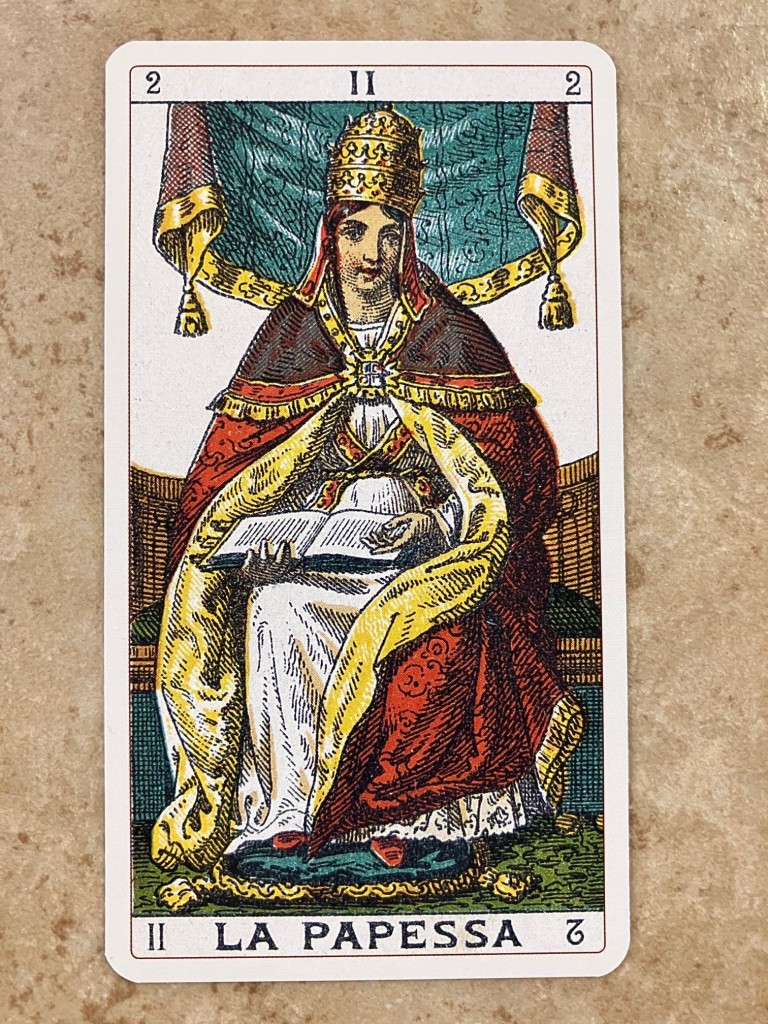My recent journey into learning to read ‘pips’ (as in playing cards or when the number cards in the Tarot Minor Arcana are not scenic, per se), has led me to a concurrent marvelous exploration, specifically, thanks to my Old Gods Tarot’s accompanying guidebook. I can’t even begin to describe how grateful I am to Cilla Conway for the research she does in creating her decks and then shares what she’s explored and learned!
But let me back up a bit. Most of the references I’ve seen (videos as well as books) to learning Tarot pips-style decks come at it very mechanically with regard to the numbers, i.e., 1 is new concept, 2 is choice, 3 is growth, 4 is stability, etc. And, honestly, this has been a huge turn-off for me, try as I might to make it stick and feel right. I’m with Michael Schneider when he writes:
“Math was dry and mechanical and had little relevance to my world. If we had looked at numbers to see how they behave with each other in wonderful patterns I might have liked math. Had I been shown how numbers and shapes relate to the world of nature I would have been thrilled. Instead, I was dulled by math anxiety and pop quizzes.” [emphasis mine]
The two advanced math classes I was required to take in high school were completely, maddeningly dead to me. I was a straight-A student and the only C I ever got for a class grade was in math; I felt like math was some sort of arcane torture!
Back to divination, I read The Marseille Tarot Revealed by Yoav Ben-Dov because I was trying to see into the patterns of the pips (as well as other scenic cards in the decks) and the way he describes some of the cards was quite helpful to me. I leaned into my own intuition, asking myself “what does this image remind me of” or “how is the energy moving here”? Definitely helpful.
Then came The Old Gods Tarot where Cilla has a section on “Sacred Geometry and Numerology” where I felt a glimmer of resonance upon reading that well-articulated text. In her bibliography, Cilla provides a few recommendations, one where she remarks: “The archetypes of number. Unmissable.” I instantly ordered that book, A Beginner’s Guide to Constructing the Universe: The Mathematical Archetypes of Nature, Art, and Science, written by Michael Schneider, and … wow. I feel like once I’ve read this book, the Tarot pips — for that matter, all of my creative endeavors — will be significantly enhanced and, hopefully, begin to be understood on a level previously a tremendous struggle for me. Schneider writes:
“Nature labels everything with a cosmic calligraphy, but we generally don’t suspect even the existence of the language. It is an open secret, fully in view but usually unnoticed.”
It’s clear already — from the quotes Schneider puts in the margins throughout from Plato to Cicero to Galileo to DaVinci to Zohar (and many more) — that philosophers and ‘true’ scientists across history were extrapolating far more from mathematics than the dry, dusty particles taught by rote to us poor school kids, many like myself who have shunned anything to do with numbers or ‘math’ ever since. Indeed, Schneider refers to how and what I was taught as ‘secular mathematics’ — useful for calculating and counting in our mundane world but vastly limiting in scope.
Thankfully, what he will be sharing in his book is ‘symbolic mathematics’ so that I can learn to ‘read’ nature’s visible signs more clearly and that can help me to read Tarot more vibrantly and deeply as well. His third category called ‘sacred mathematics’ also referred to as ‘sacred geometry’ is one he describes as a spiritual path involving consciousness; not so much taught as felt and experienced once we understand ‘symbolic mathematics’. It’s like his book is potentially bringing those darned numbers back from left-hemisphere stagnation and certainty into right-hemisphere wholeness (see Iain McGilchrist’s work).
I’m so excited!
